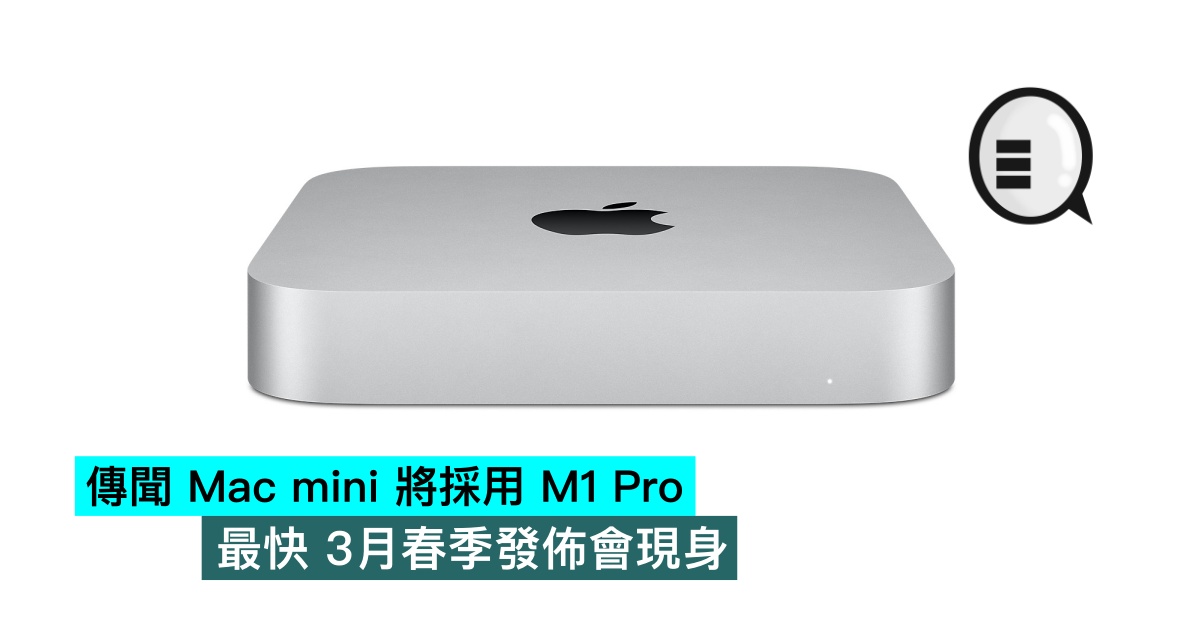The three co-founders of web3 startup Bridge Network have split after a fight for control of the company. They raised over $3.8 million from several investors, including FTX.
Two co-founders of Bridge Network, a web3 startup backed by FTX, have left the company after a management dispute. The conflict centred on control of the company and a disagreement over access to the company’s bank accounts. Kimberly Adams, the founding director, and Favour Uzoaru have left the startup, leaving Samuel Eke, the third co-founder and former chief technology officer, as the company’s CEO.
Samuel laid off nearly two dozen employees shortly after becoming the company’s CEO. He moved operational funds to a new crypto wallet, which triggered an investigation by Nigeria’s Economic and Financial Crimes Commission (EFCC). “The EFCC investigated the matter and cleared me because the matter was civil and not criminal,” Samuel told TechCabal. He said the layoffs were necessary because the company ran out of cash. Kimberly and Favour declined to comment on the matter.
Bridge Network was founded in 2021 after Kimberly shared the idea of a solution that would allow people to move digital assets from one blockchain to another with her co-founder, Favour. They connected on a forum discussion on the social audio platform Clubhouse. At the time, Favour was working at YC-backed fintech BuyPower and was reportedly looking to build his own tech startup. Two sources said Favour recruited Samuel, who could write code in Solidity—a programming language for developing blockchain applications. He also recruited a product designer to join the team. Together, the four-person team worked on the minimum viable product for Bridge Network.
The Barbados-based startup raised over $3.8 million from FTX and around 50 other investors. Its primary product was Token Bridge, which enabled interoperability across various blockchain networks, allowing cryptocurrency users to transfer their digital assets seamlessly across networks. The startup was also developing NFT Bridge and Bridge Pay. NFT Bridge allows users transfer non-fungible tokens (NFTs) across blockchains while Bridge Pay is a multi-chain non-custodial payment tool that enables users to connect Web3 wallets to fiat virtual or physical debit cards to spend their assets in the real world. The payment solution was focused on emerging markets.
In an email seen by TechCabal, the company’s former chief operating officer called the dispute “a well-coordinated palace coup,” claiming that Kimberly tried to force him and Samuel out of the company. In February, Kimberly tweeted that she left the startup “due to the differences amongst the co-founders and myself on how the project should be run.”
The use case for Bridge Networks is compelling. The company’s Token Bridge allows users to easily move one asset from one blockchain to another. This is increasingly important as the number of blockchain networks has grown into the thousands. Given how expensive it is to move assets across a blockchain, Bridge offered access to cheaper alternate blockchain networks. But the startup has struggled to gain traction. One source with knowledge of the company’s numbers said it averaged 1.3 million transactions in three months. “But when Bridge finally launched it, it only saw 600–1000 transactions daily,” the source told TechCabal.
As the company struggled to gain traction, sources said Kimberly’s confidence in her team—which had grown to about 25 people—waned. According to one source who worked at the company, “She took a swipe, calling all employees ‘incompetent’ and not of great quality.” It’s unclear if her claims were true. While Samuel, the CTO, wrote in his public profile that he had years of experience working as a software engineer, he only spent four months working in a blockchain-related role before joining Bridge Network. According to the same sources, Favour and Kimberly occasionally discussed possibly replacing Samuel as the company experienced delays in developing other products, NFT Bridge and Bridge Pay.
Another source close to Kimberly told TechCabal that it was Favour that Kim wanted out. “The only person who meaningfully contributed to the project was Samuel. The only thing Favour did was connect Kimberly to Samuel,” the source said.
The dispute escalated in December 2022 when Kimberly requested Favour’s signature to revoke Samuel’s access to the company’s multi-signatory account, where the startup’s USDC assets were held. In an email to investors, Favour said he believed taking such action without first discussing it with Samuel was unfair, so he declined. He also told Samuel about the situation.
Subsequently, Kimberly demanded that the two co-founders step down. In a letter to investors, Favour claimed she restricted him from accessing his work email and the company tools. She also removed Samuel’s AWS account from the backend, causing the Bridge app and website to go offline temporarily.
In January 2023, Kimberly told at least one investor that she had asked one of the co-founders to step down to reduce the burn rate. At the time, the price of Bitcoin had fallen 75% from its all-time high in 2021, and Bridge Network’s notable investor, the cryptocurrency exchange FTX, had collapsed, dampening confidence in the crypto market. Kimberly told investors in an email seen by TechCabal, “This decision has caused a ripple effect which brings us to this point,” referring to the ensuing dispute between her and her co-founders.
An investor who asked not to be named told TechCabal, “On the one hand, Favour was sending [investor] emails from [his personal email account] saying that Kimberly was trying to kick him and Samuel out. On the other hand, Kimberly told me that they were trying to strong-arm her out of the company.”
Kimberly resigned from her position as director of Bridge on January 9 but reversed her decision the following day, citing concerns that her two cofounders could not deal with the pressure of running the business. One of her emails to investors read, “My co-founders have since spent over 100K USD of company funds on legal fees, something I did not approve. These proceedings have hurt our treasury but not my passion and drive. I am ready to rebuild and go again after this has settled.”
Kimberly continued negotiating with both Favour and Samuel, who reportedly demanded $560,000 in severance if they were to leave the company. They later reduced their demand to $340,000. Kimberly reportedly made a counteroffer of $266,000, which included $116,000 in legal fees, but Samuel and Favour refused. A source familiar with the matter told TechCabal that Favour and Samuel never owned equity in the company.
As attempts to reach an agreement stalled, Kimberly eventually left the organisation in February. Some investors aware of the events began requesting a refund of their investments. Kimberly declined to comment on the matter. But Samuel insisted that investors had no right to ask for refunds. “They bought the company’s token (BRDG), so we were not obligated to make any refunds, but we only obliged them out of goodwill,” Samuel told TechCabal. Bridge Networks raised funding with a Simple Agreement for Future Token (SAFT). A SAFT is a contractual agreement at the time of the launch of a token, creating ownership rights for token investors at a future date.
Samuel, the co-founder who emerged successful from the internal dispute, told TechCabal, “We are still building, but the company has repaid investors who demanded a refund upon the resignation of my co-founders.” While none of the founders said exactly how much was reimbursed to all investors, Samuel noted that legal battles and the repayment of investors left a big hole in the company’s finances. And with investor interest in Web3 waning, fundraising will likely be difficult.
After trying to raise more funding from investors in April, Favour resigned as co-founder and COO to work on other personal projects. Samuel insists that the company is still operating and that users can expect the launch of new features like the NFT Bridge soon.
However, a user on the Bridge Network Telegram group said, “The last time the developer made any comment here was during the AMA [Ask Me Anything] session six months ago.” The domain name of the company’s website has also expired. In September, crypto exchange platform MEXC, which facilitates digital asset trading, delisted the startup’s token, BRDG. In a message to the Telegram channel, Samuel assured users that he was discussing with potential investors to turn the situation around.
Note: This article have been indexed to our site. We do not claim legitimacy, ownership or copyright of any of the content above. To see the article at original source Click Here












